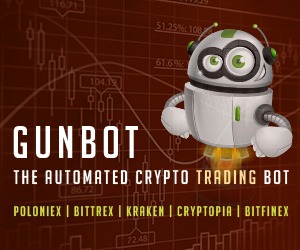This doesn’t happen so much anymore, but in the olden days, you would be using your computer and it would just make little sounds, but then if you fired up a game — something that was intensive — the fan would go crazy and it would start to make more noise because the computer’s working really hard. So that’s the work; that poor computer is working really hard instead of doing nothing or only working when you ask it to. It’s going 100% trying to just churn out as much as possible.
In proof-of-stake, the idea is in the reality of the cryptosystem, in the reality of the blockchain or in the reality of the coin, in that reality of the full node software, it knows somehow — which is part of the problem, this somehow — but it knows who has which coins and it also knows who stakes which coins. These people put the coins into a sort of hazardous state, a hazardous box. They stake the coins. They say, “I buy in” with a certain amount, and then they join this — what would be — class of miners in their world.
They have a certain amount of coins staked and then there’s a complicated lottery system. There are many variants, but in general, it’s like the more money you stake, the more likely you are to be chosen. When you’re chosen, you have the ability to create the next block and then create the reward because you get a shot of that $10 billion.





